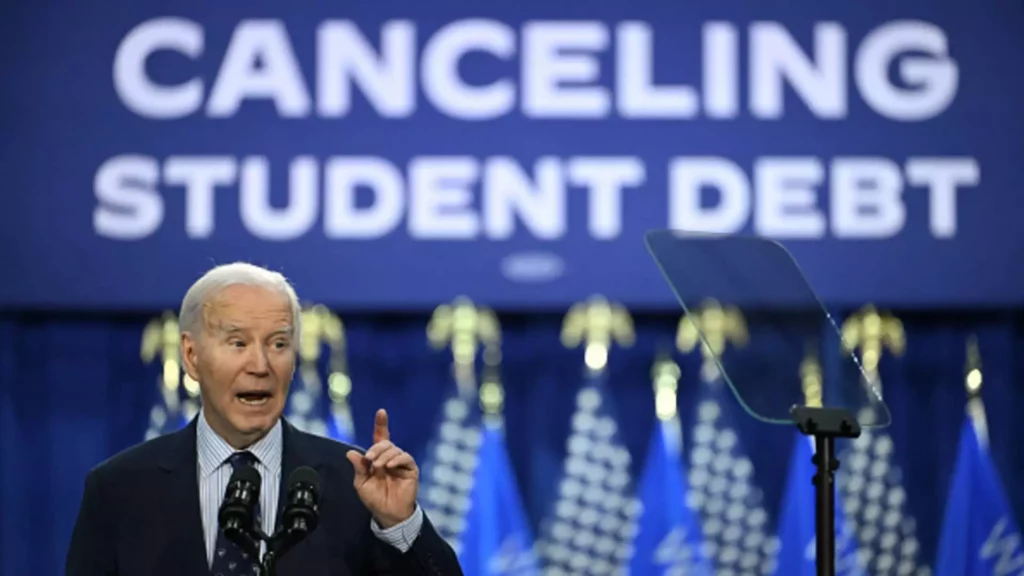![]()
President Joe Biden’s administration recently introduced a revised plan for student loan forgiveness after the Supreme Court blocked his initial proposal last summer. This new relief package aims to target specific groups of borrowers in order to navigate legal challenges and survive potential court scrutiny. The U.S. Department of Education believes that the narrowed focus of the plan, along with the utilization of a different law as legal justification, will increase its chances of success.
Unlike Biden’s original plan, which sought to erase $400 billion in student debt for nearly all 40 million federal loan borrowers, the new plan is more targeted. It aims to provide relief to borrowers who have been in repayment for decades or have attended schools of low financial value. By narrowing the scope of the forgiveness program, the administration hopes to address concerns raised by critics and improve its legal standing in the eyes of a skeptical court.
Moreover, the Biden administration is now relying on the Higher Education Act (HEA) as the legal basis for the new forgiveness plan, instead of the Higher Education Relief Opportunities for Students Act (HEROES Act) that was used in the previous proposal. The HEA, which dates back to 1965, grants the Education secretary authority to waive or release borrowers’ education debt. This shift in legal justification is seen as a strategic move to address the Supreme Court’s objections to the broad use of executive power in student loan forgiveness.
Despite the administration’s efforts to tailor the forgiveness program and align it with existing laws, critics remain skeptical about the plan’s prospects. Missouri Attorney General Andrew Bailey, a Republican, has already signaled his intention to challenge the constitutionality of Biden’s actions. Bailey’s criticism highlights the divisive nature of student loan forgiveness and the ongoing debate over the scope of presidential authority in addressing the issue.
Furthermore, the reliance on regulatory processes and negotiated rulemaking to implement the forgiveness plan may face scrutiny from the courts. While Congress has authorized the Department of Education to issue regulations on specific aspects of the HEA, the complexity and lengthiness of the process could invite legal challenges. The administration’s hope that courts will defer to federal agencies in regulatory matters may be tested in the context of student loan forgiveness.
President Biden’s approach to student loan forgiveness has broader political implications beyond legal challenges. The shifting legal justifications and targeted relief measures reflect the administration’s efforts to address criticism and navigate the complexities of governing in a polarized environment. As the debate over student debt relief continues, public perception of Biden’s actions will play a crucial role in shaping the narrative and influencing future policy decisions.
President Biden’s revised student loan forgiveness plan represents a strategic response to legal setbacks and political opposition. By adopting a more targeted approach and leveraging existing laws for justification, the administration aims to increase the plan’s chances of success. However, the complex legal landscape and potential challenges from critics suggest that the path to widespread student debt relief remains uncertain. As the debate unfolds, the impact of Biden’s actions on borrowers and the broader education system will be closely watched and scrutinized.

Leave a Reply